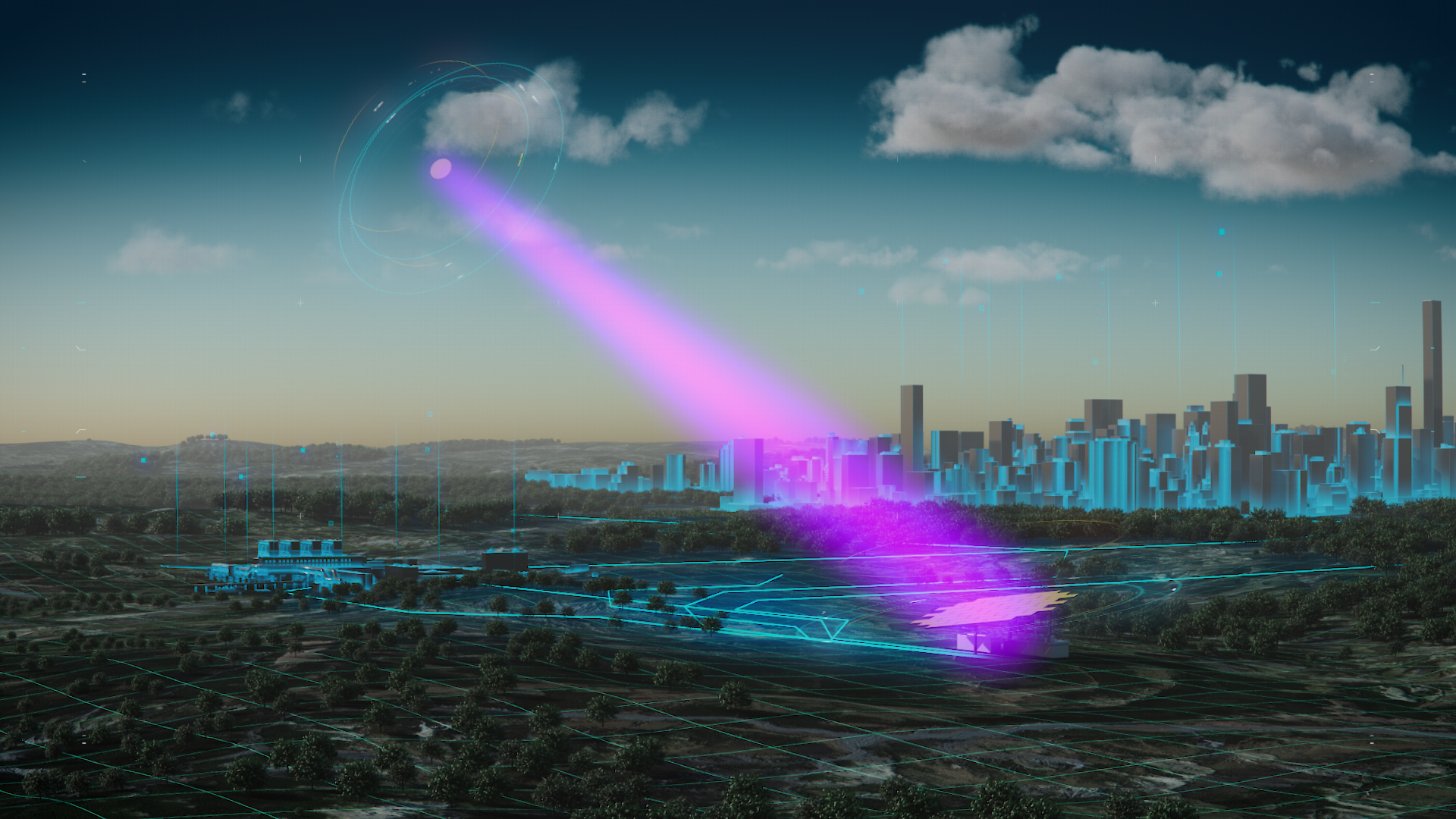ESA developing Space-Based Solar Power plant plans
ESA has signed contracts for two parallel concept studies for commercial-scale Space-Based Solar Power plants, representing a crucial step in the Agency’s new SOLARIS initiative – maturing the feasibility of gathering solar energy from space for terrestrial clean energy needs.
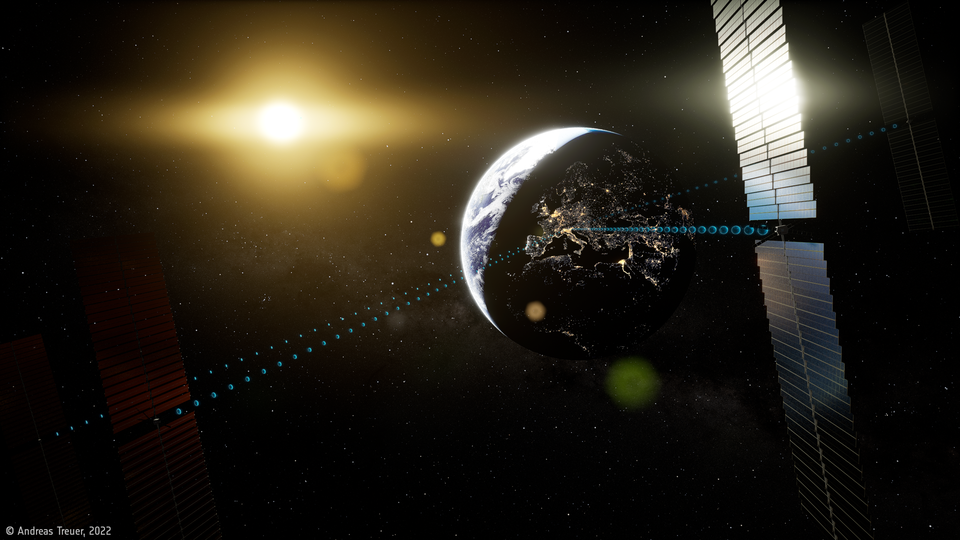
Due to be completed before the end of 2023, the parallel contracts are being led by Arthur D Little and Thales Alenia Space Italy, respectively. These concepts will serve as an up-to-date reference for the overall SOLARIS effort, guiding the scope of specific R&D activities that will follow.
The idea behind Space-Based Solar Power is to gather solar power where it is available continuously and in plentiful supply, up in Earth orbit, unperturbed by local weather or darkness, then send it down wirelessly to Earth where it is needed. The concept complements rather than competes with terrestrial renewables, because Space-Based Solar Power can make power available reliably on an ongoing 24/7 basis, providing much-needed stability to the electricity grid as the share of intermittent renewables continues to increase, reducing dependence on large-scale storage solutions.
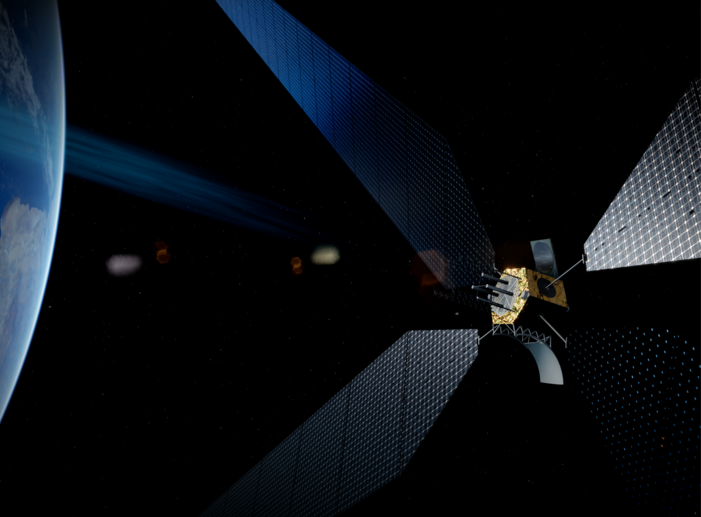
SOLARIS was approved at the ESA Council at Ministerial Level in November 2022 as part of Element 1 of the existing General Support Technology Programme. Working with European industry, its goal over the next two and a half years is to undertake studies and technology developments to assess the benefits, implementation options, commercial opportunities and risks of Space-Based Solar Power as a contributor to terrestrial energy ‘NetZero’ decarbonisation for Europe.
Results from SOLARIS should allow Europe to make an informed decision by the end of 2025, on proceeding with a full development programme for commercial-scale Space-based Solar Power, beginning with a subscale in-orbit demonstrator to beam power from space to Earth.

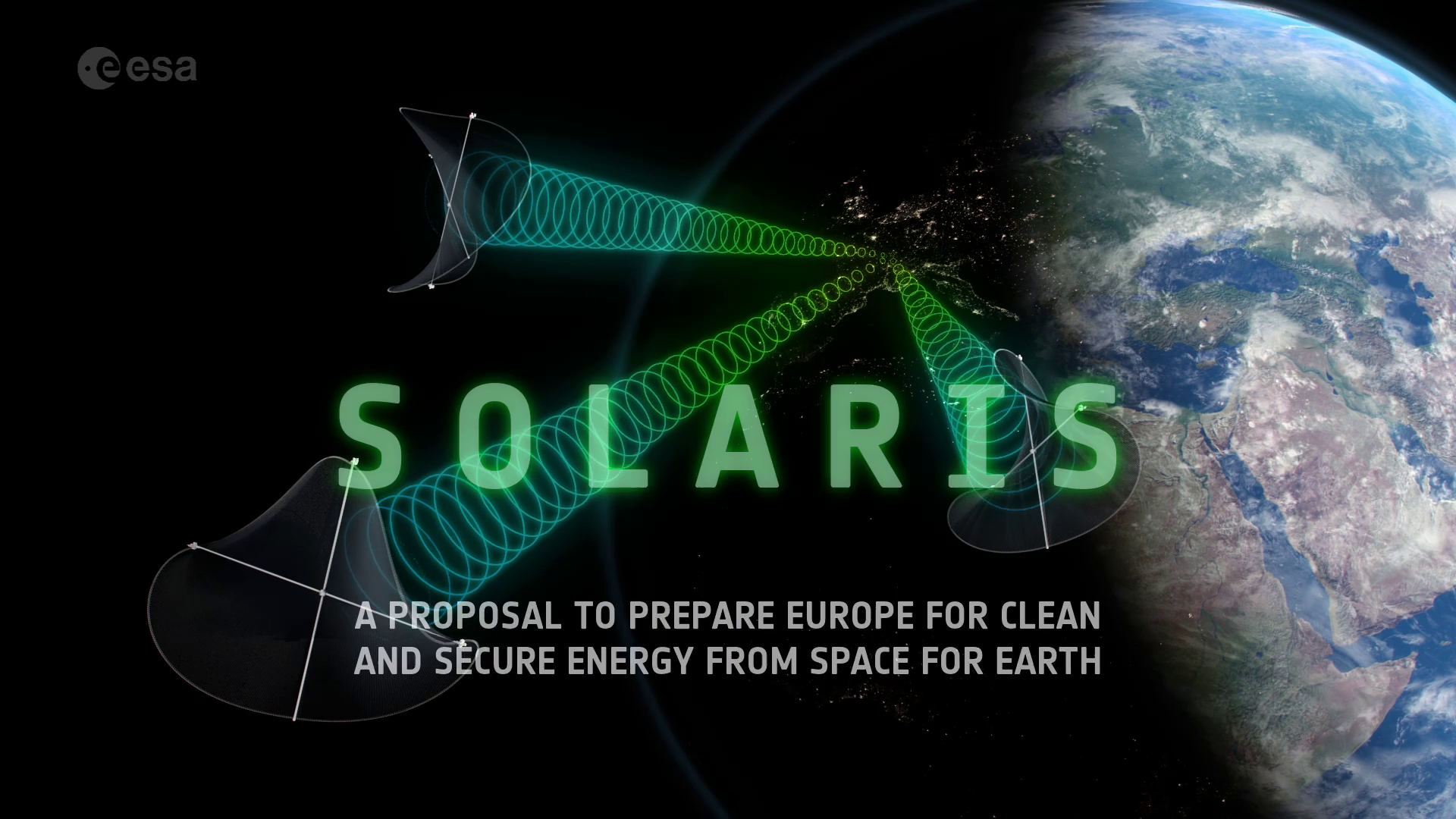
Access the video
“These contracts are for the first European concept studies of Space-Based Solar Power for more than 20 years, so today marks an important step,” notes Sanjay Vijendran, ESA’s lead for SOLARIS. “We are really starting from a blank sheet of paper to get an up-to-date design for what working solar power satellites could look like, sourcing promising ideas from everywhere we can, and leveraging the latest advancements in space and terrestrial technologies”.
The system studies’ blank sheet approach extends to the methodology of beaming down solar power from orbit, Sanjay explains: “The studies will look at as wide a range of options as possible, including investigating all the different ways to move the energy, safely and efficiently, down to Earth: radio frequency transmission, lasers and simply reflecting sunlight down to solar farms on the ground.
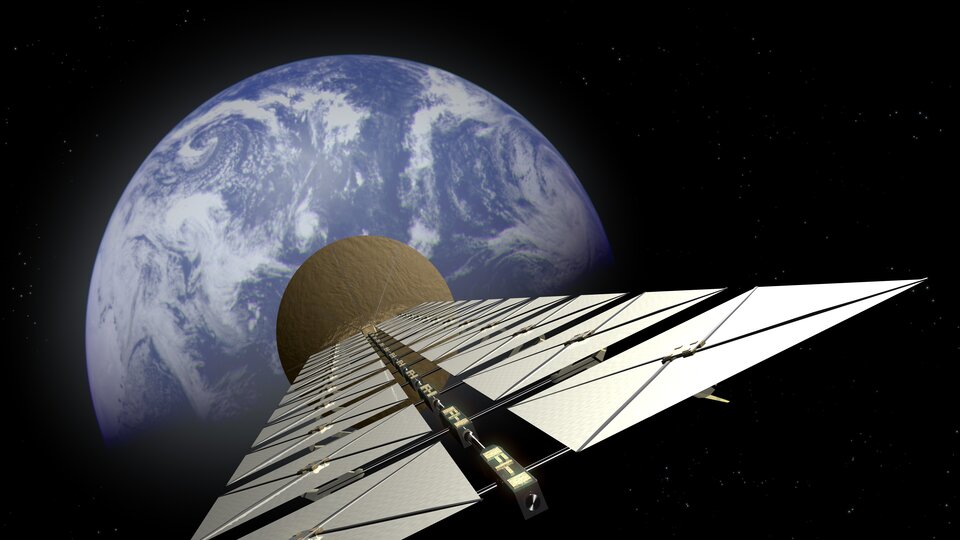
“And we are happy that we have major energy players like the French electricity utility ENGIE and the Italian utility ENEL, included as members of the study consortiums, reflecting the potential value the energy sector is already seeing in this capability for the future. It’s important that we engage the energy sector right from the start of this development and listen to their needs, so we know from the beginning that we are building something that end users will want and use.”
Unusually for system concept studies at an early phase, these are being implemented by ESA as though they are flight projects, with a rapid pace and strict milestones, because their results will dictate the follow-on studies planned for a sub-scale demonstrator mission as well as research projects into specific key technologies that SOLARIS will support.
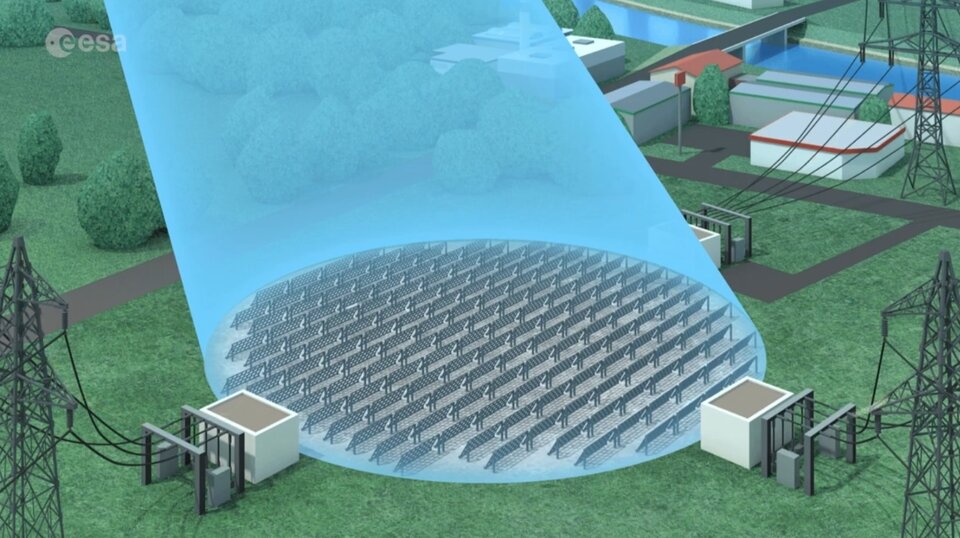
The two studies are funded by ESA’s Preparation element, part of the Agency’s Basic Activities, that supports new ideas in space missions and technology. Additionally, SOLARIS funding for technology R&D projects will be made available through ESA’s long-running General Support Technology Programme.
“These activities demonstrate the importance of ESA’s Preparation element in supporting ambitious ideas to become a reality,” says Leopold Summerer, heading ESA's Advanced Concepts and Studies Office. “Preparation-funded activities help ESA assess the interest from European industry in novel topics and lay the groundwork for future research and technology development to make them happen.”
SOLARIS is taking place at a time of growing global interest in energy from space. In the US, Caltech’s Space Solar Power Demonstrator satellite was launched into orbit in January to test key technologies including space-space microwave transmission of solar energy. Japan plans to fly a demonstrator mission in 2025, while China has its own demonstrator planned for 2028, with a ground-based wireless power transmission test facility already in place. Meanwhile the UK government has been in discussion with Saudi Arabia to supply its Neom smart city region with carbon-free electricity from space.
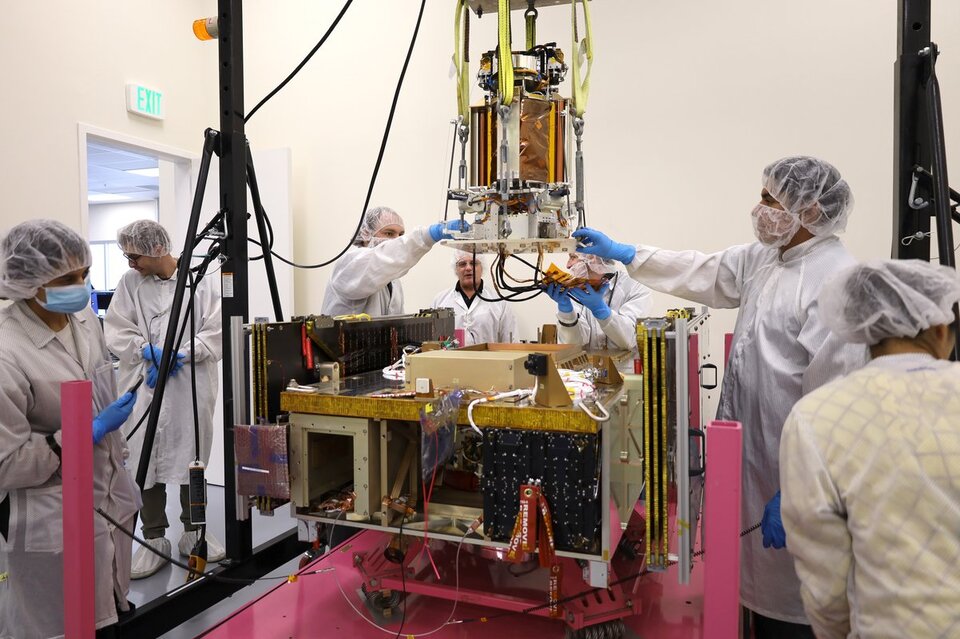
“There are a lot of fundamental reasons why Space-Based Solar Power is looking a lot more feasible and desirable than ever before,” adds Sanjay. “These include the reduced cost of launch to orbit with the advent of reusable launchers, the reduced cost of satellite hardware through mass production – seen with new constellations such as Starlink and OneWeb – and trends towards very modular solar power satellite designs.
"In addition, space robotics and in-space assembly and servicing technologies have really come a long way in the last two decades, which will be essential for the construction and maintenance of solar power stations. Finally, the sheer challenge of transitioning to Net Zero within the next 25 years with existing technologies – and the consequences of not doing so – demands exploration of alternative solutions that could help make sure we achieve our goal.”
For more information on SOLARIS, click here. For the latest news, follow ESA SOLARIS on LinkedIn.














 Germany
Germany
 Austria
Austria
 Belgium
Belgium
 Denmark
Denmark
 Spain
Spain
 Estonia
Estonia
 Finland
Finland
 France
France
 Greece
Greece
 Hungary
Hungary
 Ireland
Ireland
 Italy
Italy
 Luxembourg
Luxembourg
 Norway
Norway
 The Netherlands
The Netherlands
 Poland
Poland
 Portugal
Portugal
 Czechia
Czechia
 Romania
Romania
 United Kingdom
United Kingdom
 Slovenia
Slovenia
 Sweden
Sweden
 Switzerland
Switzerland

























